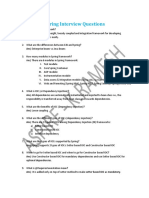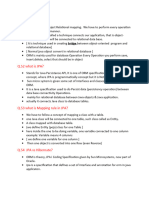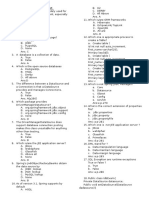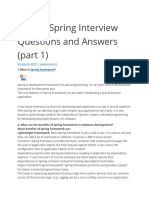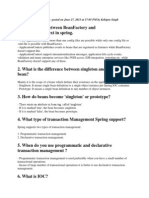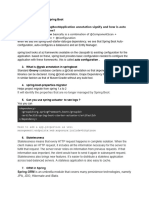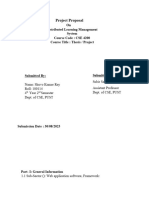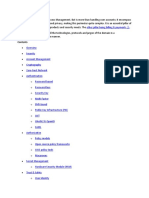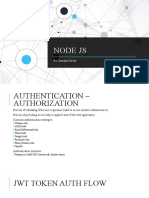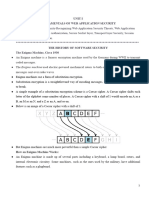0% found this document useful (0 votes)
11 views21 pagesSpringboot Interview
The document provides an overview of Spring Core, Maven, Spring Boot, and Spring Data JPA, detailing concepts such as Inversion of Control, Dependency Injection, and the differences between BeanFactory and ApplicationContext. It also covers Spring Boot's auto-configuration, REST API handling, and JPA features like projections and auditing. Additionally, it highlights the advantages of using Spring and Spring Data JPA in application development.
Uploaded by
chakrabortysuman5999Copyright
© © All Rights Reserved
We take content rights seriously. If you suspect this is your content, claim it here.
Available Formats
Download as PDF, TXT or read online on Scribd
0% found this document useful (0 votes)
11 views21 pagesSpringboot Interview
The document provides an overview of Spring Core, Maven, Spring Boot, and Spring Data JPA, detailing concepts such as Inversion of Control, Dependency Injection, and the differences between BeanFactory and ApplicationContext. It also covers Spring Boot's auto-configuration, REST API handling, and JPA features like projections and auditing. Additionally, it highlights the advantages of using Spring and Spring Data JPA in application development.
Uploaded by
chakrabortysuman5999Copyright
© © All Rights Reserved
We take content rights seriously. If you suspect this is your content, claim it here.
Available Formats
Download as PDF, TXT or read online on Scribd
/ 21










